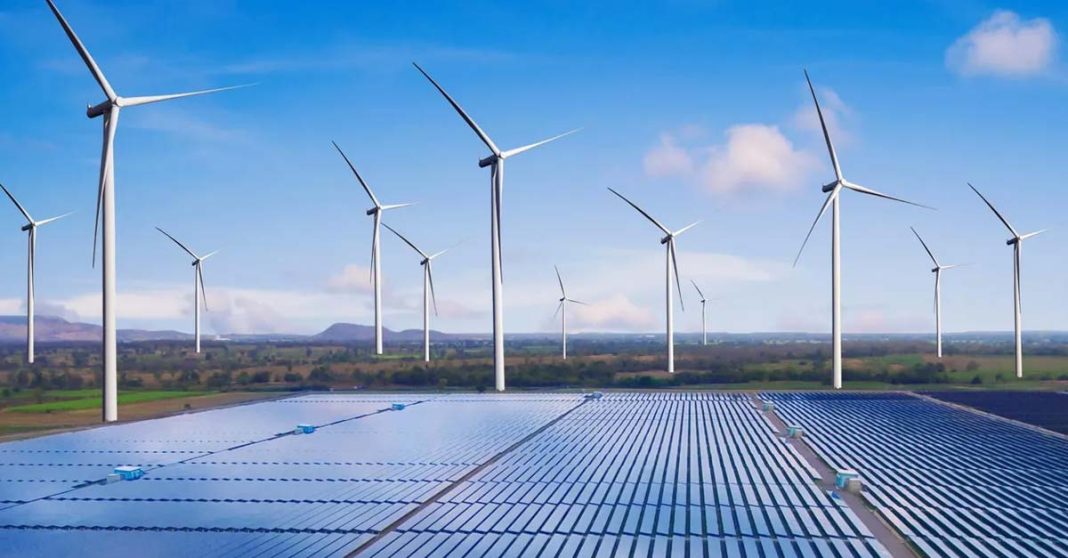Solar and wind energy capacity in the Association of Southeast Asian Nations (ASEAN) region witnessed a 20 percent increase in 2023, reaching a total of over 28 gigawatts (GW).
This growth, outlined in a report by Global Energy Monitor (GEM), positions solar and wind technologies at 9 percent of the electricity-generating capacity in ASEAN nations. Coupled with existing hydropower, the region is nearing its renewable energy target of 35 percent by 2025.
To reach the target, GEM recommends installing 17 GW of utility-scale solar and wind projects within two years. However, the region is likely to exceed this goal, anticipating a nearly doubled capacity with an additional 23 GW from new projects.
However, GEM’s analysis reveals that despite a large pipeline for new utility-scale wind and solar capacity, only a small portion is currently under construction. Additionally, ASEAN countries maintain strong support for gas and coal power due to electricity demand growth, which hinders the expansion of wind and solar energy due to regulatory challenges and insufficient policy support.
In 2023, solar and wind capacities in ASEAN nations experienced growth, with solar capacity increasing by 17 percent and operational wind capacity surging by 29 percent compared to 2022.
Additionally, among ASEAN countries, Vietnam holds the highest proportion of operational utility-scale solar and wind capacity in the region, followed by Thailand and the Philippines, which rank second and third, respectively.
Looking at the future, ASEAN nations have a total of over 220 GW in utility-scale wind and solar capacity, including announced, pre-construction, and construction stages, with over 80 percent of this amount being concentrated in the Philippines and Vietnam.
Both nations emphasize offshore wind development. While Vietnam faces challenges due to a lack of clear renewable energy policies, the Philippines aims for 11 GW through its Green Energy Auction Program.
On the other hand, Laos aims to surpass its economic scale in developing utility-scale solar and wind capacity, with an amount of energy capacity comparable to Thailand and exceeding Malaysia by 150 percent. Laos is currently constructing the Monsoon wind farm, set to be the region’s largest onshore wind farm.
Looking at the bigger picture, GEM suggests that the 35 percent renewable energy target for ASEAN countries by 2025 is “easily achievable,” as renewables already constitute 32 percent. With a number of solar and wind projects in the pipeline, the region is poised to surpass the target, potentially doubling capacity in two years and reducing reliance on fossil fuels.



